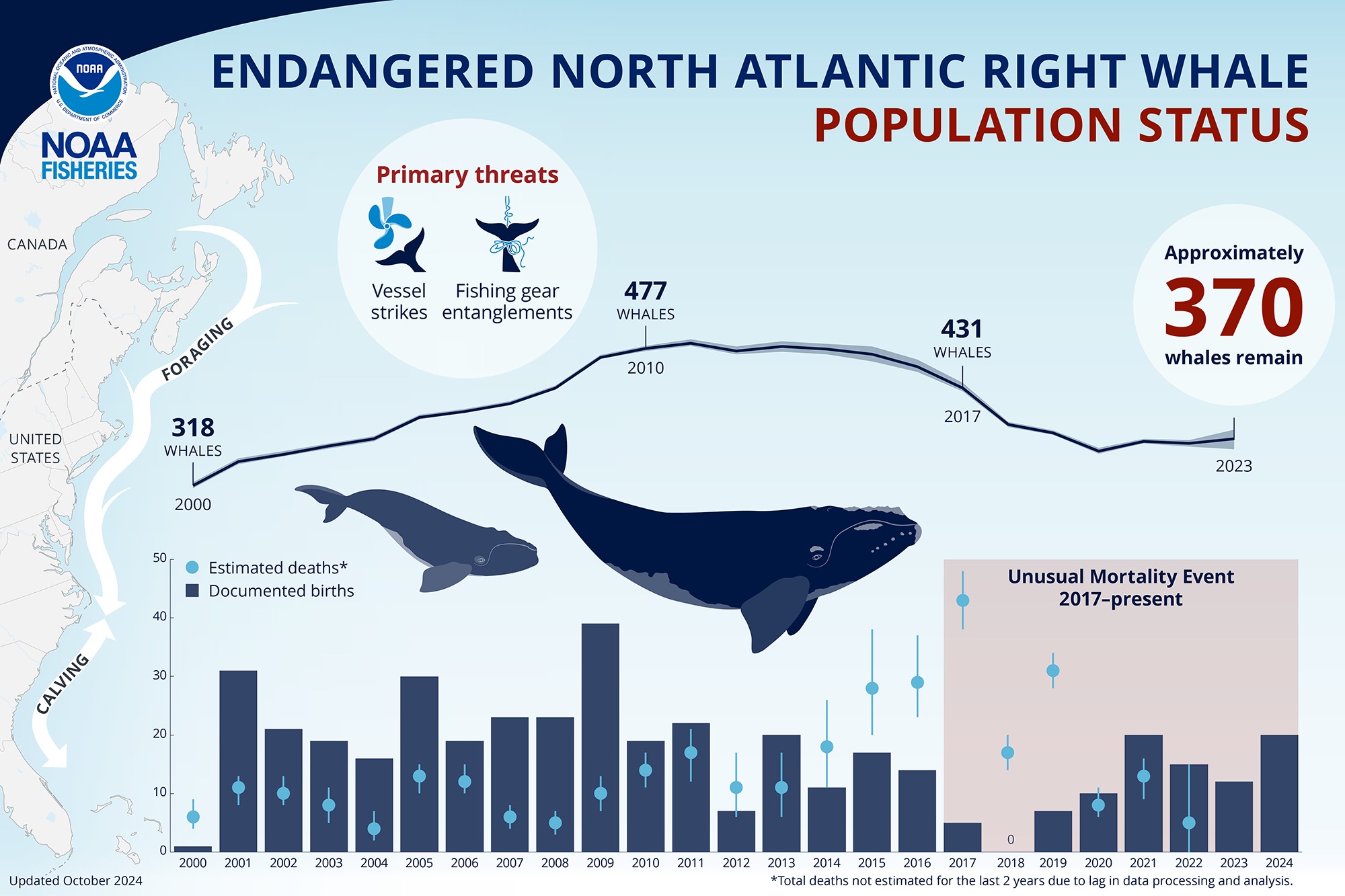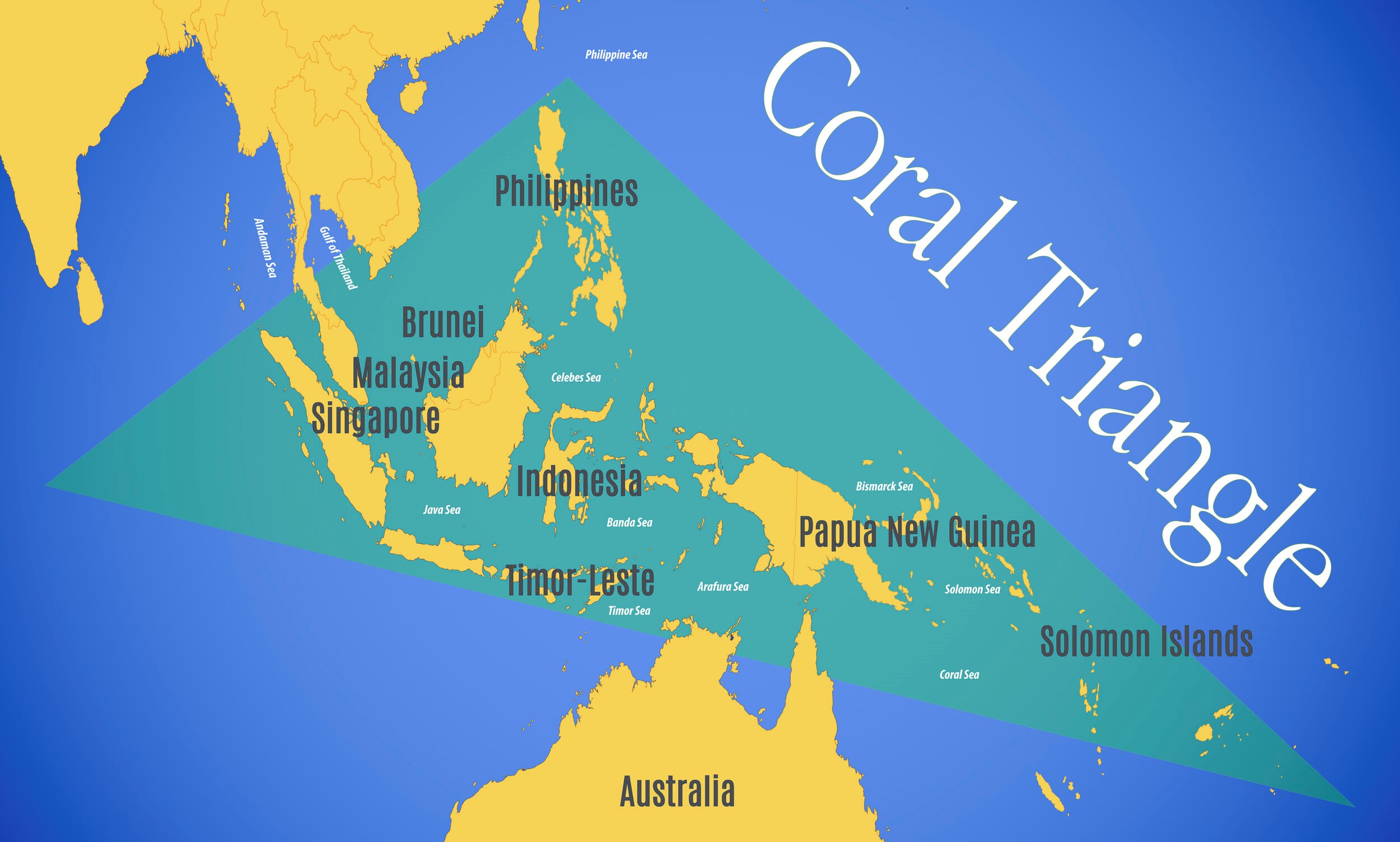Raigad Fort
The fort of Raigad is part of the 12 forts recently nominated for UNESCO World Heritage under the title “Maratha Military Landscapes of India”.
- Raigad is a hill fort situated in the Raigad district of Maharashtra.
- Raigad is the classic example of Maratha architecture.
- History - In 1653 CE, Raigad (then known as Rairi) was captured by the Maratha forces from the Mores'.
- Shivaji Maharaj assigned the work of reconstruction of the fort to Hiroji Indulkar.
- On 1674 CE a grand coronation ceremony of Shivaji Maharaj was held on Raigad post, during which he attained the title of “Chhatrapati”.
- The fort served as the 2nd capital of Chhatrapati Shivaji Maharaj and played an important role in the administration and expansion of the Maratha Kingdom.
- It is identified as Durgaraj (king of forts).
- Chitta Darwaja - The Chitta Darwaja or Jit Darwaja was used to access the fort from the foothills below.
- Khoob Ladha Burj – It is a strategically placed tower from which assailants on all sides could be spotted.
- Maha Darwaja - The Maha Darwaja, or the main gateway, was built almost 350 years ago. It consists of 2 massive bastions, each measuring about 20 metres in height.
- Palkhi Darwaja - Apart from the main gate, a special entrance called the Palkhi Darwaja was created for the royal ladies and queens.
- The fort also overlooks an artificial lake known as the ‘Ganga Sagar Lake’.
- Besides the lake, an important feature nestled within the fort complex is a Shiva temple called Jagadishwar Mandir.
- Raigad, surrounded by valleys shaped by the Kal and Gandhari rivers, stands as an isolated massif without connections to neighbouring hills.
- Samadhi of Chhatrapati Shivaji Maharaj - Adjacent to the Temple, the Samadhi of Chhatrapati Shivaji Maharaj is located almost opposite to the eastern entrance of Jagadishwar Mandir.
Grant Duff, a British historian of the Maratha period has drawn parallels between Raigad and the Rock of Gibraltar.
References
- PIB | Raigad Fort
- Indian Culture | The Legendary Raigad Fort
C295 aircraft
Prime Minister Narendra Modi recently inaugurated a plant in Vadodara, where Tata Advanced Systems Ltd (TASL) will manufacture the C-295 aircraft for the Indian Air Force (IAF).
- It is a tactical transport aircraft originally produced by a Spanish aircraft manufacturer named Construcciones Aeronauticas SA.
- Manufactured by - Airbus Defence and Space.
- Capacity - 5 to 10-tonnes.
- Maximum speed - 480 kmph.
- Features
- Range and Endurance - 5,000 km range and 11 hours of endurance.
- Payload Capacity - Up to 9,250 kg.
- Short Takeoff and Landing (STOL) -Enabling operations from short, unpaved runways.
- Advanced Avionics - State-of-the-art cockpit and navigation systems.
- Multi-Mission Capability - Easily configurable for various roles.
- It has a rear ramp door for quick reaction and para-dropping of troops and cargo.
- The aircraft has the longest unobstructed cabin in its class and can accommodate 71 seats.
- The C295 operates in the Brazilian jungles and Columbian mountains in South America, the deserts of Algeria and Jordan in the Middle East and the cold climates of Poland and Finland in Europe.
- The aircraft has also flown in military operations in Chad, Iraq and Afghanistan.
- C295 can carry troops and logistical supplies from main airfields to forward operating airfields of the country.
- The aircraft can additionally be used for casualty or medical evacuation, performing special missions, disaster response and maritime patrol duties.
Reference
Indian Express | C295 aircraft
Digital arrest scam
A recent scam has emerged, resulting in significant financial losses for individuals and businesses, amounting to crores of rupees, under the guise of digital arrest.
- A digital arrest scam is an online scam that defrauds victims of their hard-earned money.
- The scammers intimidate the victims and falsely accuse them of illegal activities.
- They later demand money and puts them under pressure for making the payment.
- Process - In digital arrest scam, fraudsters impersonate law enforcement officials to deceive their victims.
- In digital arrest scam, perpetrators pose as law enforcement officials, such as CBI agents, income tax officers, or customs agents, and initiate contact with victims via phone calls.
- Subsequently, they request that the victims switch to video communication through platforms like WhatsApp and Skype.
- The scammers then threaten the victims with a digital arrest warrant, citing various reasons such as financial misconduct, tax evasion, or other legal violations.
- In certain instances, these fraudsters create a police station-like set-up to further convince victims that the call is legitimate.
- Under the guise of “clearing their name”, “assisting with the investigation”, or “refundable security deposit/escrow account”, individuals are coerced into transferring large sums of money to specified bank accounts or UPI IDs.
- Once the victims comply and make the payment, the scammers vanish, leaving the victims to face financial loss and potential identity theft.
As per the National Crime Records Bureau (NCRB) data, a significant rise in cybercrimes have been reported in the last few years.
Reference
The Hindu | Digital arrest scam
North Atlantic Right Whale (NARW)
According to the most recent estimate from the North Atlantic Right Whale Consortium, NARW has continued its slow increase from a low of 358 individuals in 2020.
- Right whales are baleen whales that feeds on copepods (tiny crustaceans) by straining huge volumes of ocean water through their baleen plates, which act like a sieve.
- The population of NARW is one of the world’s most endangered large whale specie that remains significantly smaller than it was a decade ago.
- Features – They have stocky black bodies with no dorsal fins, and their blow spouts are shaped like a “V.”
- Their heads have knobby white patches of rough skin, called callosities, which appear white because of whale lice (cyamids) covering their otherwise black skin.
- Right whales can probably live for at least 70 years, but data on their average lifespan is limited since scientific monitoring of the species is fairly recent.
- Range – North Atlantic right whales primarily occur in Atlantic coastal waters on the continental shelf, although they also are known to travel far offshore, over deep water.
- Two other species of right whales – The North Pacific right whale, which is found in the North Pacific Ocean, and the Southern right whale, which is found in the southern hemisphere.
- Conservation
- IUCN - Critically endangered.
- They have been listed as endangered under the Endangered Species Act since 1970.
- Threats – They have experienced an ongoing Unusual Mortality Event since 2017, which includes sub-lethally injured or ill, seriously injured, and dead right whales.
- Additionally, research demonstrates that only about 1/3 of right whale deaths are documented.
- Other threats include entanglement in fishing gear, vessel strikes, climate change, which may alter their migratory patterns and feeding area.
- The impacts of ocean noise also affect their ability to communicate, find food and navigate.
- North Atlantic Right Whale Consortium – Is a longstanding collaboration between scientists, conservationists, marine industry members and others.

Reference
Fisheries | North Atlantic Right Whale
Coral Triangle
A recent report highlighted at the 16th Conference of Parties (COP16) to the Convention on Biological Diversity (CBD) reveals the serious dangers brought by fossil fuel expansion to the Coral Triangle.
- It is one of the most biodiverse marine areas in the world.
- It is often referred to as the ‘Amazon of the seas’, is a huge marine area spanning over 10 million square kilometres.
- Spanning Countries - It includes countries like Indonesia, Malaysia, Papua New Guinea, Singapore, the Philippines, Timor-Leste, and the Solomon Islands.
- This region is home to 76% of the world’s coral species and supports more than 120 million people who rely on its resources for their livelihoods.

Findings of the report
- More than 100 offshore oil and gas blocks are currently in operation in the Coral Triangle, covering over 120,000 square kilometres, which is about 1% of the Triangle.
- Additionally, there are over 450 blocks being explored for future extraction, covering another 1.6 million square kilometres.
- If all these activities become fully operational, they could impact 16% of the Coral Triangle.
- The report also highlights that significant parts of critical habitats are under threat.
- There are overlaps with oil and gas blocks, affecting 24% of coral reefs, 22% of seagrass areas, and 37% of mangroves.
- Since 2020, 793 oil slicks have been detected in the Coral Triangle, mainly due to ships, with 98% caused by bilge dumping from traveling vessels.
- The total area affected by these oil slicks is over 24,000 square kilometres, almost enough to cover the land of the Solomon Islands.
- One of the most serious events mentioned in the report is the Princess Empress oil spill, which occurred in 2023 near the coast of the Philippines.
- This spill adversely affected more than 20 marine protected areas (MPA) and impacted 21,000 families, with economic damages reaching about 3.8 billion Philippine pesos (around $68.3 million).
- The spill disrupted local fishing industries and endangered marine habitats.
- The report also looks at the growing liquefied natural gas (LNG) infrastructure in Southeast Asia.
- Between 2016 and 2022, countries in the region invested over $30 billion in LNG. Currently, there are 19 LNG terminals operating in the Coral Triangle, with more planned for the future.
- This development poses more risks to marine ecosystems and increases vessel traffic, raising concerns about potential oil spills and habitat destruction.
- Fossil fuel expansion threatens the region’s biodiversity in several ways. Noise pollution from shipping and exploration activities harms marine life, especially species like whales and dolphins that rely on sound for communication, navigation, and finding food.
- Loud noises from seismic exploration and commercial shipping can disrupt these essential functions and lead to changes in behaviour and increased mortality rates in some marine species.
Reference
Down to Earth | Coral Triangle

